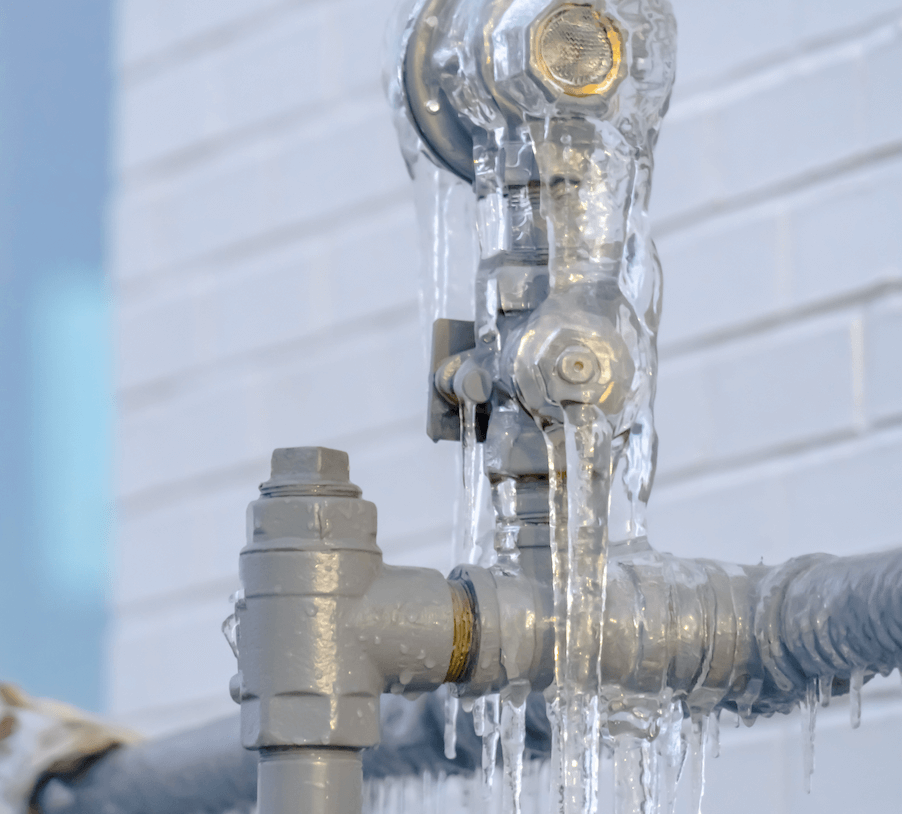Avoiding Pipes from Freezing: Top Tips
Avoiding Pipes from Freezing: Top Tips
Blog Article
Here below you'll find more professional guidance about Prevent Frozen Pipes .

Cold weather can wreak havoc on your pipes, particularly by freezing pipes. Right here's how to avoid it from happening and what to do if it does.
Intro
As temperatures drop, the risk of frozen pipes boosts, possibly bring about costly repair work and water damage. Recognizing just how to stop icy pipes is important for property owners in chilly climates.
Recognizing Icy Pipes
What causes pipelines to freeze?
Pipes ice up when subjected to temperatures listed below 32 ° F (0 ° C) for prolonged periods. As water inside the pipelines freezes, it expands, putting pressure on the pipeline wall surfaces and possibly causing them to burst.
Dangers and damages
Frozen pipelines can lead to water supply interruptions, building damage, and pricey repair work. Ruptured pipes can flood homes and trigger extensive structural damages.
Indicators of Frozen Pipeline
Determining frozen pipes early can avoid them from rupturing.
Just how to recognize frozen pipelines
Look for decreased water flow from faucets, uncommon smells or noises from pipelines, and noticeable frost on subjected pipelines.
Prevention Tips
Protecting at risk pipes
Cover pipelines in insulation sleeves or utilize warm tape to protect them from freezing temperature levels. Concentrate on pipes in unheated or exterior locations of the home.
Heating techniques
Maintain interior spaces properly warmed, especially locations with pipes. Open closet doors to allow warm air to flow around pipes under sinks.
Securing Exterior Plumbing
Garden pipes and exterior faucets
Detach and drain pipes yard hoses before winter months. Install frost-proof spigots or cover outside taps with shielded caps.
What to Do If Your Pipes Freeze
Immediate actions to take
If you think icy pipelines, maintain taps open to ease stress as the ice thaws. Make use of a hairdryer or towels taken in warm water to thaw pipes slowly.
Long-Term Solutions
Structural adjustments
Consider rerouting pipelines far from exterior walls or unheated locations. Include additional insulation to attics, cellars, and crawl spaces.
Updating insulation
Purchase premium insulation for pipelines, attics, and wall surfaces. Appropriate insulation aids maintain regular temperatures and lowers the threat of icy pipes.
Verdict
Protecting against icy pipelines requires aggressive actions and quick responses. By understanding the causes, signs, and safety nets, home owners can secure their plumbing during winter.
5 Ways to Prevent Frozen Pipes
Drain Outdoor Faucets and Disconnect Hoses
First, close the shut-off valve that controls the flow of water in the pipe to your outdoor faucet. Then, head outside to disconnect and drain your hose and open the outdoor faucet to allow the water to completely drain out of the line. Turn off the faucet when done. Finally, head back to the shut-off valve and drain the remaining water inside the pipe into a bucket or container. Additionally, if you have a home irrigation system, you should consider hiring an expert to clear the system of water each year.
Insulate Pipes
One of the best and most cost-effective methods for preventing frozen water pipes is to wrap your pipes with insulation. This is especially important for areas in your home that aren’t exposed to heat, such as an attic. We suggest using foam sleeves, which can typically be found at your local hardware store.
Keep Heat Running at 65
Your pipes are located inside your walls, and the temperature there is much colder than the rest of the house. To prevent your pipes from freezing, The Insurance Information Institute suggests that you keep your home heated to at least 65 degrees, even when traveling. You may want to invest in smart devices that can keep an eye on the temperature in your home while you’re away.
Leave Water Dripping
Moving water — even a small trickle — can prevent ice from forming inside your pipes. When freezing temps are imminent, start a drip of water from all faucets that serve exposed pipes. Leaving a few faucets running will also help relieve pressure inside the pipes and help prevent a rupture if the water inside freezes.
Open Cupboard Doors
Warm your kitchen and bathroom pipes by opening cupboards and vanities. You should also leave your interior doors ajar to help warm air circulate evenly throughout your home.

Do you like reading up on How to Prevent Your Pipes From Freezing? Write a remark directly below. We will be pleased to know your ideas about this blog posting. In hopes that you visit us again in the future. Enjoyed our blog? Please share it. Help somebody else locate it. I am grateful for being here. Revisit us soon.
Get A Free Estimate Report this page